The aim of the axiomatic approach to entanglement measures is to find, classify and study all functions that capture our intuitive notion of what it means to measure entanglement. The approach sets out axioms, i.e. properties, that an entanglement measure should or should not satisfy. This intuitive notion may be based on more practical grounds such as operational definitions. The most striking applications of the axiomatic approach are upper and lower bounds on operational measures such as distillable entanglement, entanglement cost and most recently distillable key.
== Properties ==
The following is a list of properties that have been studied in the context of [[entanglement measures]]. denotes an entanglement measure.
'''Norm:''' normalised on maximally entangled states
For all , with an orthonormal basis.
'''Van Sep:''' vanishing on separable states
For all separable states , .
'''PPT Mon:''' PPT monotone
For all PPT operations .
'''SEP Mon:''' SEP monotone
For all separable operations .
'''LOCC Mon:''' LOCC monotone
For all LOCC operations .
'''Loc Mon:''' local monotone
For all (strictly) local instruments (i.e. an instrument that acts either on A or B) .
'''LOq Mon:''' LOq monotone
For all LOq operations .
'''As Cont:''' asymptotic continuity
There are s.th. for all with .
'''As Cont Pure:''' asympt. cont. near pure states
There are s.th. for all with .
'''Conv:''' convex
For all and , .
'''Conv Pure:''' convex on pure states
For all with and .
'''Strong Super:''' superadditive
For all .
'''Add:''' additive
For all .
'''Ext (Add i.i.d.):''' extensive
For all and .
'''Sub Add:''' subadditive
For all .
'''Sub Add i.i.d.''' subadditive i.i.d.
For all and .
'''Regu:''' regularisable
For all , the limit exists.
'''Non Lock:''' not lockable
There is s.th. for all , .
[[Category:Handbook of Quantum Information]] [[Category:Entanglement]]
